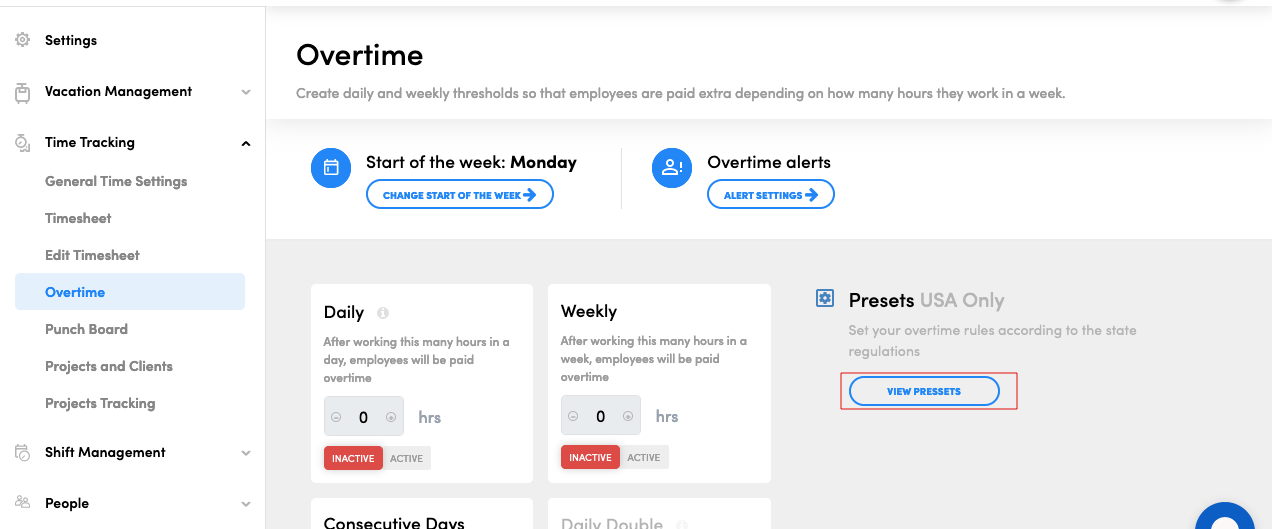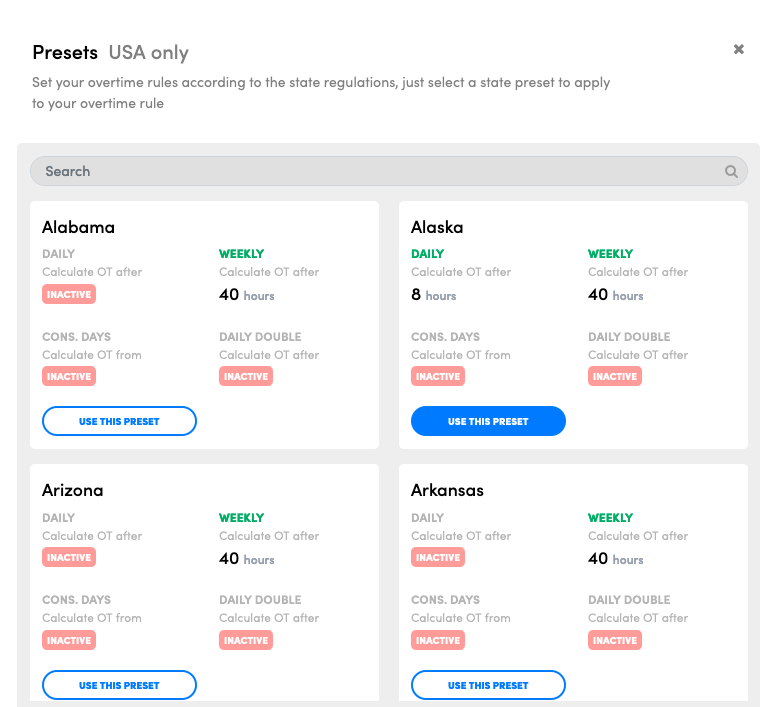Most employees manage to work 8 hours a day and sometimes even this doesn’t seem enough. At times, employees have to extend deadlines to meet the ends and finish a project in its due time, resulting in overtime.
Mastering the art of managing overtime may be hard for managers but isn’t impossible. Today there are various tools designed to make things easier including overtime tracking.
This article talks about the importance of tracking overtime and then a software to track overtime.
Importance of Overtime Tracking
For Employers
The need for keeping track of overtime is more important than ever. For employers tracking over time means they are taking care of the compliance and labor laws. In addition, tracking overtime helps monitor what’s going on in the workplace in terms of expenses.
Perhaps a big benefit of tracking overtime is that it helps identify unmanageable workloads that lead to overtime and potential burnout eventually. Tracking overtime is a good way to eliminate or reduce the chances of burnout, disengagement, and unproductivity in employees.
For Employees
Unmanaged, continuous overtime is a huge contributor to stress, disengagement, and unproductivity. Together, these create the perfect recipe for employee burnout and quick staff turnover. Tracking overtime helps employees take greater control of themselves. It allows them to manage their workloads and indulge in greater self-management. This in turn helps them maintain a better work-life balance.
Besides, tracking daily work hours allows employees to adjust their schedules to stay within their weekly capacity.
When they know much time they spend on each task, they know how to spend their time more usefully and wisely. In addition, they will know when to finish their work which will prevent exhaustion and burnout.
How to Track Overtime
Although everyone seems to be in the advantage of tracking over time, it is usually the manager’s duty to track overtime. Luckily there are overtime trackers that are built to make the process easy for you. Automatic time tracking apps like AttendanceBot can do all of your tracking overtime work for you.
What you need to do is simply install the app and let it do its work. Automatic tools like AttendanceBot require very little manual effort from you.
The software then generates timesheets for you which you can later share with your colleagues and supervisors.

Tracking Overtime Made Easy
With AttendanceBot, you can create daily and weekly threshold hours beyond which overtime for employees will be calculated.
Set up overtime thresholds so employees are paid extra depending on how many hours they worked in a given time period.
AttendanceBot automatically calculates overtime based on daily and weekly threshold rules configured by your employer.
The stepwise process is mentioned below:
a) To create overtime rules, head to Settings -> Time Tracking -> Overtime.
b) Switch the toggle to “Active” for the kind of overtime you would want to apply i.e daily, weekly, consecutive days, daily double, etc as per your requirement & update the hours and hit “Save Settings”.

c) You can also set up alerts by heading to the “Overtime Alerts” option, ticking the checkbox & hitting “update”.



d) We also have some Overtime Presets which can be used to set up Overtime. These are overtime templates that we have predefined and created for various states.


In case you’re still confused and looking for an elaboration, here’s a video explaining all of that in detail.
Example
If over 8 hours per day is overtime then you can set up a daily threshold of 8 hours. Any hours above 8 will be reported as overtime hours in the timesheet reports.

You can also create automatic punch out so that a person gets logged out as soon as their daily thresholds are hit (they can of course punch back in to continue working).
How to Calculate Overtime?
Overtime pay is the amount of overtime paid to each employee in a pay period.
Overtime pay is calculated: Hourly pay rate x 1.5 x overtime hours worked.
Here is an example of total pay for an employee who worked 42 hours in a workweek:
- Regular pay rate x 40 hours = Regular pay, plus
- Regular pay rate x 1.5 x 2 hours = Overtime pay, equals
- Total pay for the week.
A more elaborate example:
- An employee works 50 hours a week.
- Their normal pay rate is $15 an hour.
- So they are paid $600 for her 40 hours at $15 an hour, plus $225 for their additional 10 hours of overtime (at $15 x 1.5 x 10 = $225).
- Their total pay for the week would be $825.
All in all, tracking time or overtime for that matter is a delicate issue. Much of the trouble is reduced if you simply invest in a smart OT tracker. Being fair in compensating for overtime will make sure that your employees trust you and are willing to put in some extra effort for you when they need to.




